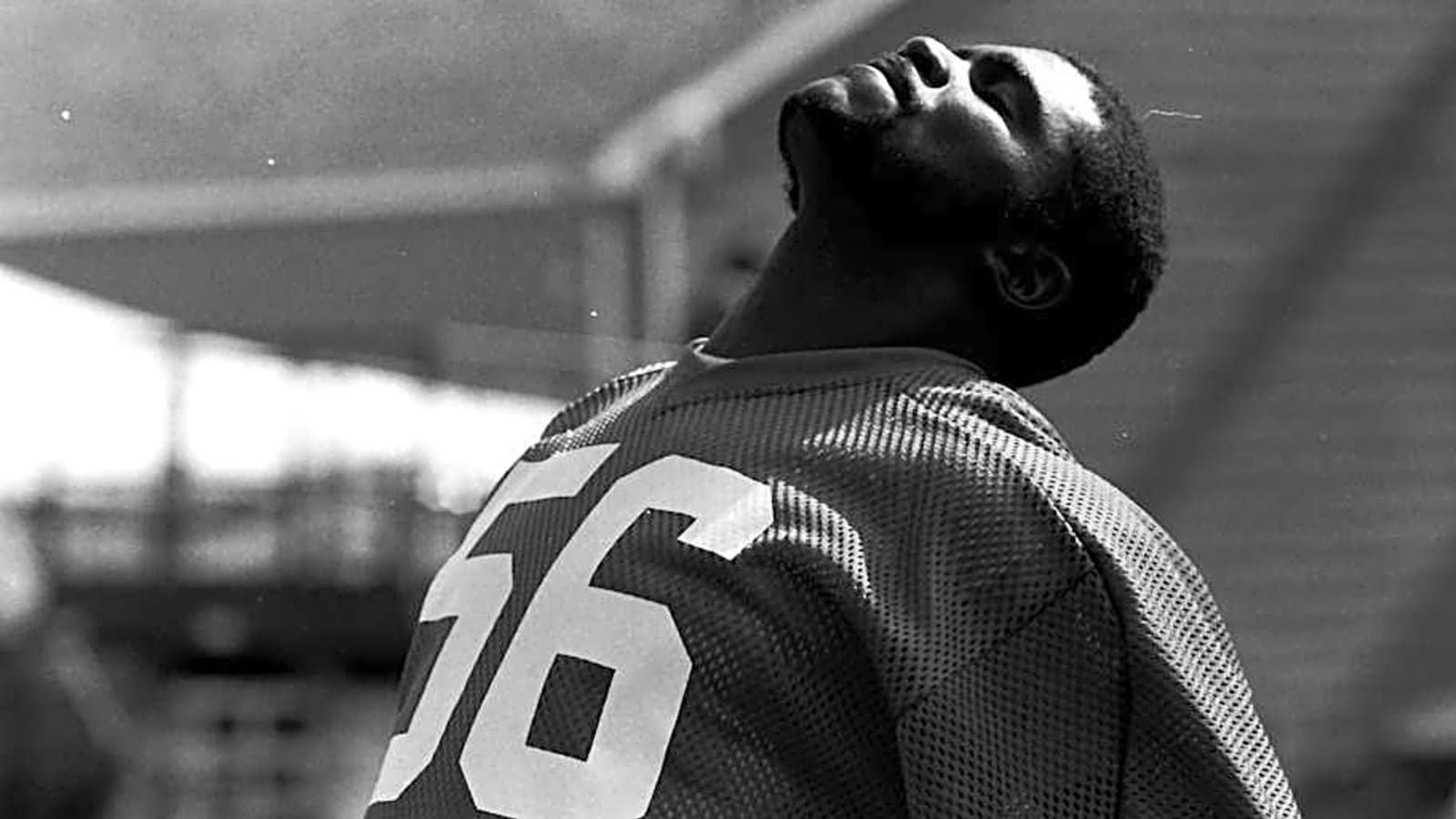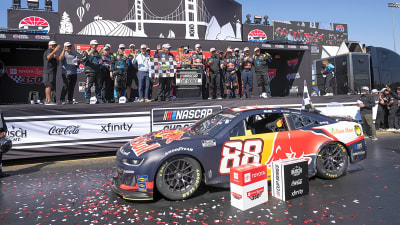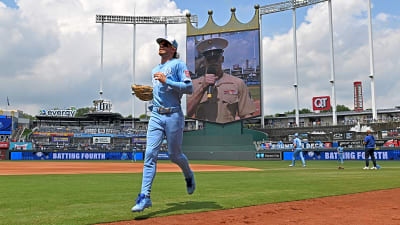
We’re now 56 days away from the opening kickoff against the Washington Commanders. To count down the days until then, we look at the best players to wear the corresponding number for the Giants.
Who Wore No. 56 in at Least One Regular Season Game*
C Chuck Hinton (1967), LB Tommy Crutcher (1968-69), LB-C Pat Hughes (1970-76), C Jim Clack (1978-80), OLB Lawrence Taylor (1981-93)
*Jersey numbers per Pro Football Reference.
Which Giants Player Wore It Best?
LT. Say those initials to any quarterback during the 1980s, early 1990s who had the Giants on their schedule, and chances are they would turn ashen and start trembling with fear.
Rightfully so. Lawrence Taylor, who played college ball at North Carolina, is not only one of the best players to ever play for the New York Giants, but he also single-handedly changed the way the game was played.
The Giants landed this pioneer with the No. 2 overall pick in the 1981 draft after the New Orleans Saints passed on Taylor for running back George Rogers.
Taylor, who would win NFL Rookie of the Year in 1981, became the centerpiece in the Giants' 3-4 defense that Bill Parcells, who returned to Ray Perkins’ staff after the 1980 season as the Giants' defensive coordinator, planned to install.
By midway through his first practice with his new team, Taylor had risen from third string to starter, and the Giants never looked back.
Taylor began his Giants career as No. 98, the number he wore at North Carolina. When center Jim Clack, who wore No. 56 before Taylor, retired, Taylor made the switch. When Clack came out of retirement, he wanted No. 56 back, but then general manager George Young denied Clack’s request.
The Giants’ prized rookie, a Cowboys fan growing up, chose No. 56 in honor of Cowboys linebacker Thomas “Hollywood” Henderson. Taylor was so much of a force on the field that some of the greatest coaching minds in the game had to come up with new ways to slow him down from wreaking havoc.
Yet no matter what the NFL and life threw at Taylor, he displayed superhero strength and resolve. Who could ever forget, for instance, when, during a 1982 Thanksgiving Day game against the Lions, Taylor, with a bad knee, intercepted quarterback Gary Danielson’s pass and ran back 97 yards for the game-winning touchdown?
Or how, in a 1988 game against the New Orleans Saints, Taylor gutted out a separated shoulder and pectoral injury that necessitated his wearing a harness? In that game, a 13-12 Giants victory, Taylor recorded seven tackles, three sacks, and two forced fumbles.
Some might even argue that it was because of Taylor, who had a knack for getting after the quarterback, that the concept of sacks as an official league statistic, which emerged in 1982, came about.
By the time Taylor’s 13-year Hall of Fame career wrapped up, he posted 132.5 sacks in 184 games (had sacks been counted during his rookie season, he would have had 9.5 sacks added to his total).
He also racked up loads of honors, including being named the league’s MVP in 1986, making him the first defensive player since 1971 to earn the honors after he posted an astonishing 20.5 sacks, 105 total tackles, five passes defensed, and two forced fumbles.
He was also voted to 10 consecutive Pro Bowls, had five seasons in which he was named a first-team All-Pro and four in which he was a second-team selection, and was named to the NFL’s All-1980s team.
Inducted into the Hall of Fame’s Class of 1999 (the first year of his eligibility), Taylor is also a member of the Giants’ Ring of Honor and was named the No. 1 player on the Giants’ 100th anniversary “ Top 100 Players in Franchise History” last year.
Who’s Wearing It Now?
The Giants retired Taylor's No. 56 in 1994. Earlier this year, Giants first-round draft pick Abdul Carter inquired about potentially wearing the number as a tribute to Taylor, but the Hall of Fame linebacker would not agree to the request, urging Carter to make his own legacy in a number that’s still in circulation.
More New York Giants Coverage
More must-reads:
- Chiefs sign star offensive lineman to $94 million deal
- Five NFL teams that should be most concerned about second-round pick holdouts
- The 'Total touchdown leaders by NFL season since 2000' quiz
Breaking News
Trending News
Customize Your Newsletter
 +
+
Get the latest news and rumors, customized to your favorite sports and teams. Emailed daily. Always free!








